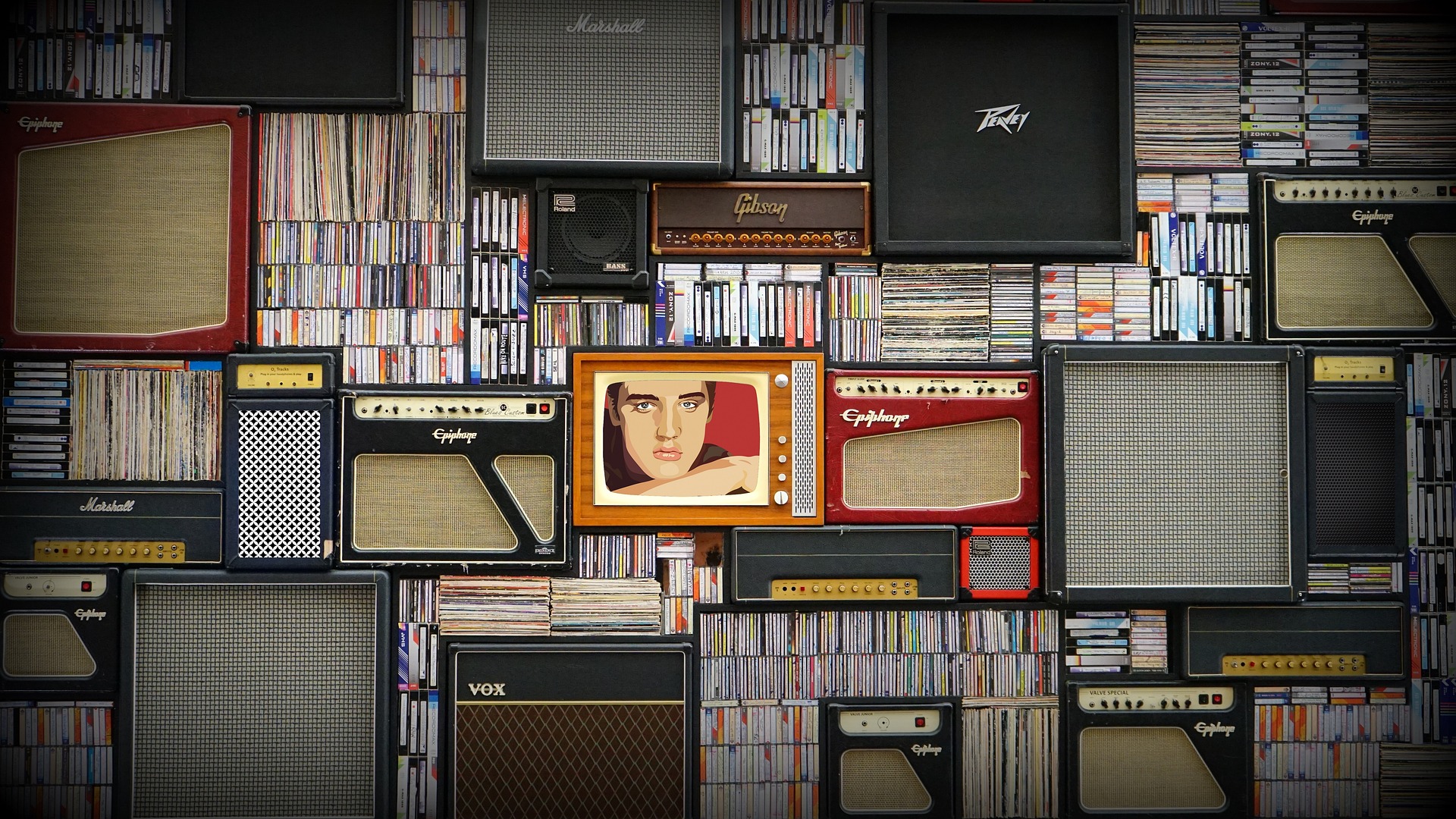Illuminating the Artistic Labyrinth of Synesthetic Cinema
The world of cinema is an ever-evolving artistic labyrinth, with countless genres, techniques, and styles to explore. Among these, one fascinating yet under-discussed phenomenon is synesthetic cinema—a unique form of filmmaking that seeks to stimulate multiple senses simultaneously, blurring the boundaries between sight, sound, and even touch. This article delves into the historical context, current developments, and cultural impact of this intriguing cinematic realm.

An Artistic Blend: The Origins of Synesthetic Cinema
Synesthetic cinema emerged as a concept in the early 20th century, birthed from the desire to create a more immersive, multi-sensory cinematic experience. The term “synesthesia” refers to a neurological condition where stimulation of one sensory pathway leads to automatic, involuntary experiences in a second sensory pathway. This artistic movement was influenced by the works of early avant-garde filmmakers like Oskar Fischinger, whose abstract animations were synchronized with music to create a captivating audio-visual experience.
The Modern Canvas: Synesthetic Cinema Today
Fast forward to the 21st century, and synesthetic cinema has evolved considerably. Technological advancements have allowed filmmakers to explore synesthesia in more tangible and immersive ways. Modern directors like Peter Strickland and Gaspar Noé have been recognized for their efforts in this realm, their films often characterized by a deliberate interplay of visuals and sounds that aim to stimulate multiple senses.
The Sensory Symphony: Impact and Significance
The impact of synesthetic cinema extends beyond the realm of film. It challenges traditional notions of sensory perception, encouraging audiences to experience art in a more holistic, immersive way. Moreover, by stimulating multiple senses simultaneously, synesthetic cinema provides a more engaging and memorable viewing experience. The reception, however, has been mixed. While some hail it as an innovative form of artistic expression, others find the sensory overload overwhelming and disorienting.
The Research Lens: Scrutinizing Synesthetic Cinema
Research into synesthetic cinema remains ongoing, as scholars seek to better understand its potential and limitations. Studies suggest that this form of filmmaking can enhance viewer engagement and emotional response. However, creating a truly synesthetic experience remains a challenge, given the subjective nature of sensory perception.
Future Frames: The Road Ahead for Synesthetic Cinema
As technology continues to advance, the future of synesthetic cinema looks promising. Emerging technologies like virtual reality (VR) and augmented reality (AR) hold potential for creating more immersive, multi-sensory cinematic experiences. However, as with any artistic movement, its success will largely depend on how effectively it can engage audiences and contribute to the broader cinematic discourse.
In the grand tapestry of cinema, synesthetic cinema is but one thread. Yet, it is a thread that adds a unique dimension, challenging conventions and pushing the boundaries of artistic expression. By stimulating multiple senses, it offers audiences an immersive, memorable experience, transforming passive viewing into active engagement. As we look to the future, it’s clear that the journey through the artistic labyrinth of synesthetic cinema is far from over.




